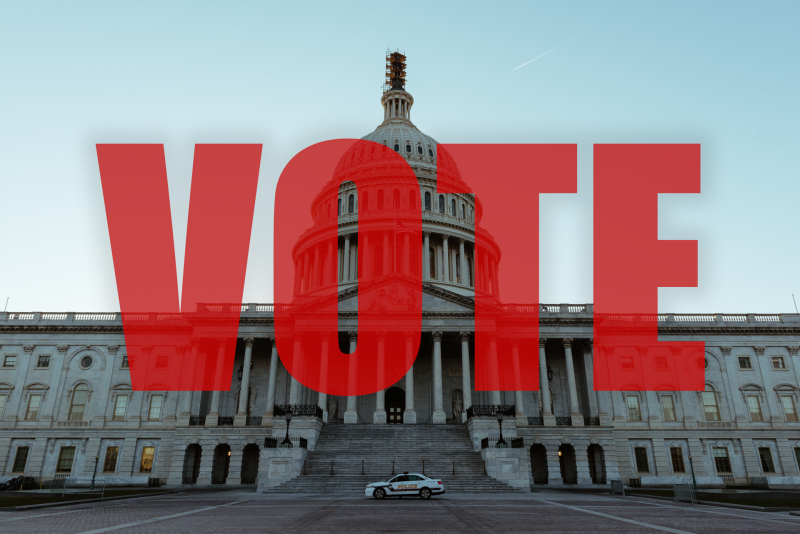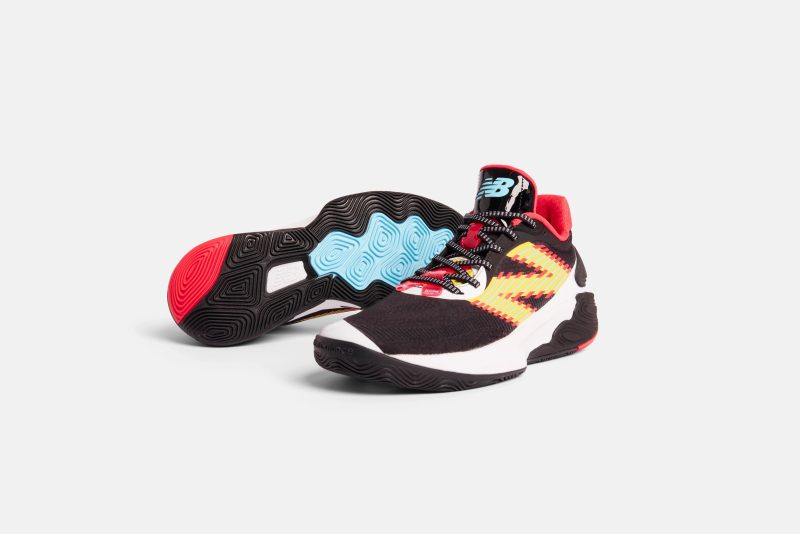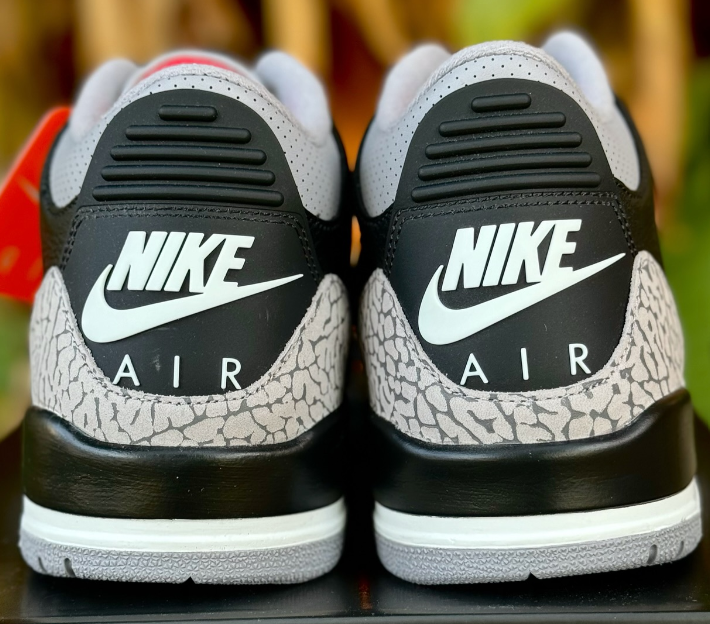- 33,553
- 28,831
- Joined
- Aug 2, 2006
I can use 2007 stats when he played RF all year the year where Alex Rios recorded a 13.2 UZR and Markakias had a -0.6. Rios was also top 10 in Bill James plusminus ratings and Markakias was not listed.
No matter witch way you break it down Alex still rates out as a better right fielder than Nick who according to the stats wasn't even that good until thisyear.
Now only if he was even close to Nick with the bat.

No matter witch way you break it down Alex still rates out as a better right fielder than Nick who according to the stats wasn't even that good until thisyear.
Now only if he was even close to Nick with the bat.














































